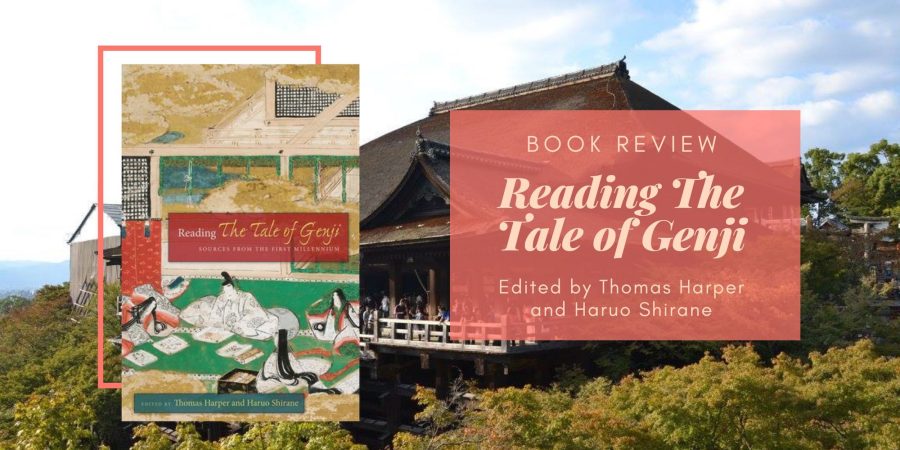It has been a very long while since I read a Genji-related book and I felt the urge to dive into this meaty tome. Subtitled: “Sources from the First Millenium”, Reading the Tale of Genji translates a selection of texts about the Tale of Genji, providing more context for how the tale achieved its present status and how various readers through the ages interpreted it.
The book is organised thematically, with the following chapters:
- Early Discussion of Fiction
- Genji Gossip (writings about Genji by Heian-era women)
- Towards Canonization (how Genji went from a tale for women by a woman to a man’s classic)
- Obsequies for Genji (about Buddhist rituals performed for the text)
- The Tale of Genji Apocrypha (essentially, Genji fanfiction and why it might have been written)
- Medieval Commentary
- Edo-period treatises
- Modern reception
I was going to pick my favourite chapters but honestly, all of them were illuminating, if a bit difficult to read (not the translator’s fault, it’s just… a lot). I particularly enjoyed the discussion of how Genji attained its current form of 54 chapters – I didn’t realise the text was written and distributed chapter by chapter, and that there was dispute even about the number of chapters that Murasaki had written!
The Obsequies for Genji was another interesting chapter, because it looks at how Genji was received in a time very different from when it was written. A century or two after Genji was written, Japan had been rocked by disturbances and uprisings, which had led to a climate of greater religious devotion among the Japanese elite. As such, some women felt compelled to organise rites for Murasaki Shikibu, claiming that she had appeared to them in a dream and telling them of her suffering for writing The Tale of Genji (which might be counted as a sin as it was a “falsehood”).
The last three chapters were also very interesting if you compare them against each other as they show how the tale of analysed. During the Edo period, Genji scholars moved away from Confucian and Buddhist frameworks of interpretation and tried to be more objective. They were also more concerned with making information more free and easy rather than keeping it within the family. As for modern scholars, they started by viewing Genji against Western literature and were motivated either to see it as a representative of Japanese culture or somehow inferior to the great Western classics.
As you can tell, how Genji was interpreted through the ages. But it’s clear that Murasaki’s work, though originally written for women, quickly gained popularity among the whole of the Heian elite and became suitable for ‘serious’ study. It’s a pity that we do not have more written records of how the first readers viewed the work – though the chapter of Genji Gossip does its best to translate what there is – but just viewing the evolution of Genji is fascinating enough.
I read this while on holiday, so I definitely will have to go back and read this while taking notes! It’s a very informative text and I learnt a lot about how Genji discourse has evolved within Japan. While this isn’t suitable for beginners to Genji or those who only have a casual interest in it, more passionate students and/or students of world literature are likely to find this interesting and useful.
